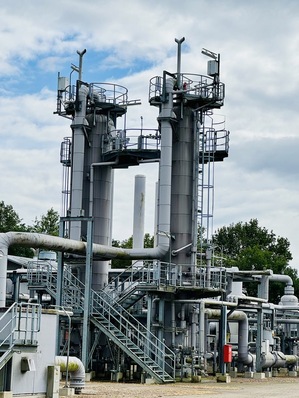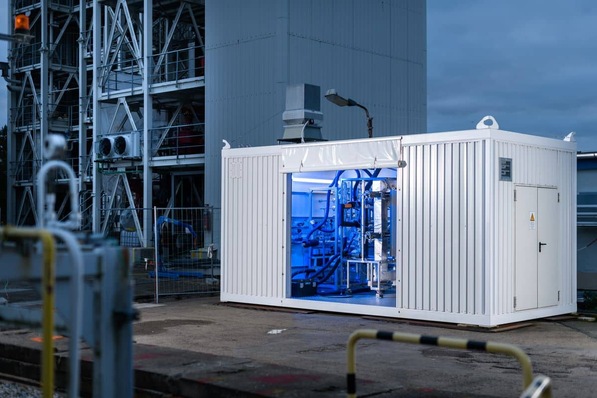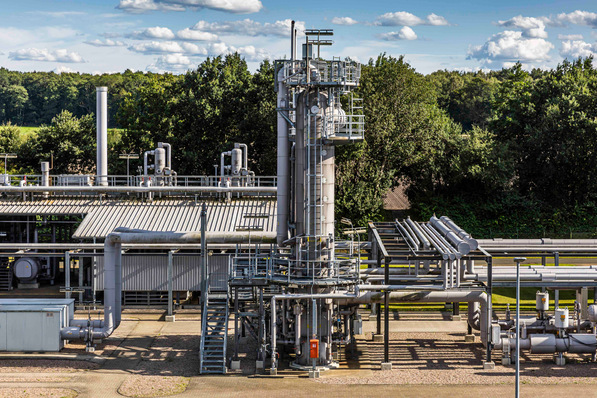TÜV Nord regards underground hydrogen storage as essential for the reliable supply of energy-intensive industries. Alexander Holle, Head of the HydroHub division at TÜV Nord Group, emphasises: “Underground storage systems cannot be implemented overnight. Policymakers must therefore pave the way for investment security, while storage operators are already tackling technical challenges in pilot projects.”
These storage facilities could serve several functions in the future energy system: acting as fluctuation buffers to stabilise the grid, as seasonal storage for winter months, as a strategic reserve in case of import uncertainties, and as a buffer to ensure steady utilisation of infrastructure such as import terminals and pipelines.
Salt caverns as the preferred storage solution
Salt caverns are particularly well suited for large-scale storage, being both chemically stable and geologically durable. Northern Germany has extensive salt deposits, which, according to Holle, offer a locational advantage for building a storage infrastructure. Existing caverns could be retrofitted, and new ones created as needed.
The required storage capacity will depend on future industrial demand for hydrogen. According to long-term scenarios from the Federal Ministry for Economic Affairs and Energy, this demand is expected to rise from 17 terawatt hours (TWh) in 2035 to as much as 80 TWh by 2045. This increase is mainly due to planned hydrogen use in power plants and heavy industry.
Long lead times and technical hurdles
According to TÜV Nord, retrofitting existing caverns takes four to six years, while building new ones can take ten to twelve years. The construction of new caverns is particularly time-consuming due to the so-called leaching process, in which salt is flushed out to create cavities. In addition, permitting processes and technical challenges such as adapting above-ground installations, materials issues, or gas purification must be addressed.
Many of these questions are currently being examined in pilot and demonstration projects. The resulting standards and norms could facilitate later expansion. Holle is therefore calling for targeted political support: “The German government must now establish clear frameworks for expanding storage infrastructure and define a roadmap for its role in the European energy system. In addition, investment incentives should be put in place for the retrofitting and construction of new caverns.”
Uncertainty is holding back investment
Despite the foreseeable need, there have so far been few final investment decisions for large-scale storage projects. The reason is an uncertain market environment and a lack of clarity about the future direction of the energy transition at the European level. Holle warns: “Investment decisions must be made in 2026 or 2027 to ensure that the necessary capacities are available in time.”







